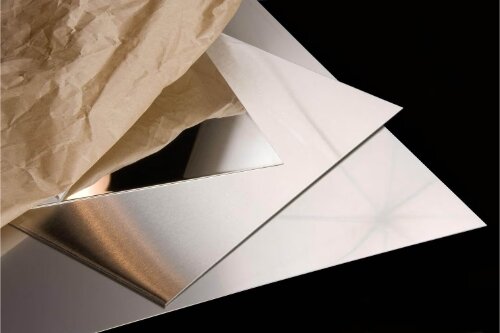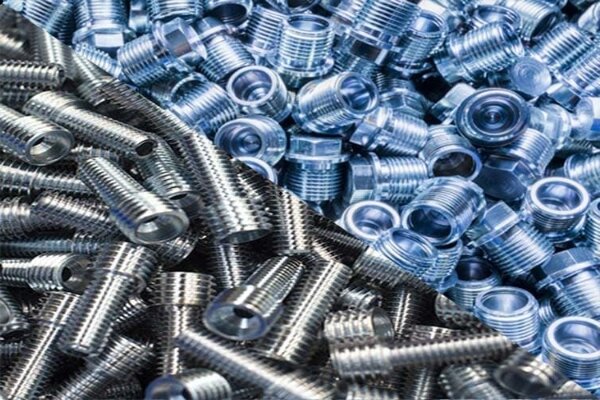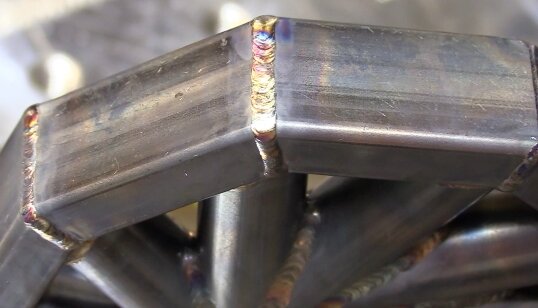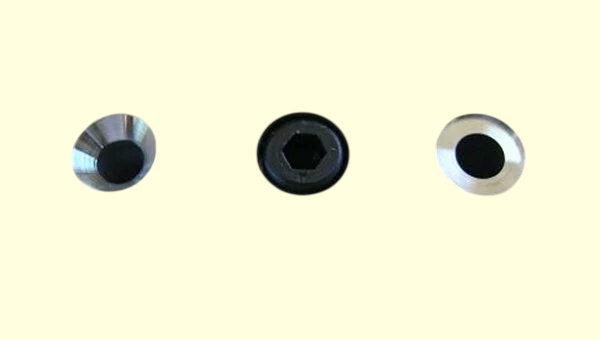多くの製造業は、機械加工部品のコスト上昇と品質管理の問題に直面しています。精密機械加工部品は、航空宇宙産業から医療機器に至るまで、厳しい公差、一貫した品質、信頼性の高い性能を提供することで、これらの問題を解決します。
精密機械加工部品とは、極めて高い精度で作られた部品のことで、多くの場合、数マイクロメートルという厳しい公差で作られています。これらの部品は、CNC機械加工、旋盤加工、フライス加工、研削加工によって正確な仕様を満たす。現代の製造業は、自動車のエンジンから手術器具に至るまで、これらの部品に依存している。
精密機械加工の世界では、最先端のテクノロジーと長年培われたエンジニアリングの原理が組み合わされています。今日の製造現場において、これらの部品がどのような価値を持つのかを見てみよう。
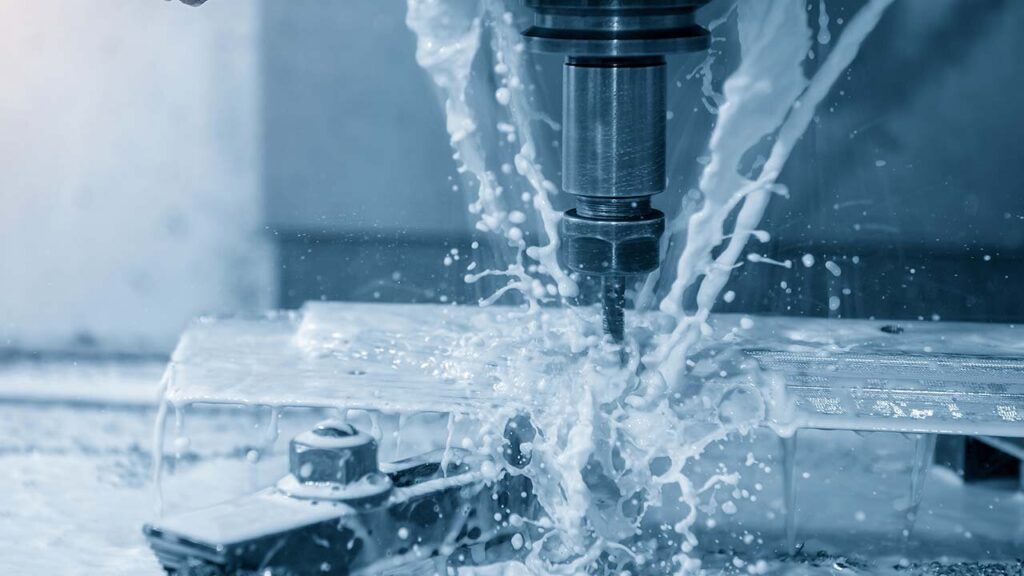
精密機械加工部品とは?
精密機械加工部品は、卓越した精度と厳しい公差で作られた部品です。これらの部品は高度な機械加工技術を用いて作られ、それぞれの部品が意図された機能に完璧に適合することを保証します。このプロセスでは、ワークピースから材料を除去し、希望の形状、サイズ、仕上げを作成します。
製造業者は、誤差を最小限に抑えた部品を製造するため、精密な機械加工に依存しています。厳しい公差は、完成品の完全性を維持するための鍵となります。精密機械加工部品の価値は、全体的な製造効率と製品品質を向上させる能力にあります。
精密機械加工の主な種類
精密機械加工では、高精度の工具と機械を使用して、正確な寸法と表面仕上げの部品を作ります。この工程は、厳しい公差や複雑な設計仕様を満たす部品を製造するために不可欠です。
CNC加工
CNC加工 が最も一般的な方法である。コンピュータ制御の機械を使って材料を切断し、形を整え、仕上げる。CNCマシンは、CAD設計からの正確な指示に従い、高い精度と再現性を保証します。汎用性が高く、複雑な形状や厳しい公差にも対応できる。
EDM(放電加工)
ED は、チタンや硬化鋼のような硬い素材を成形するために電気火花を使用します。複雑なディテールを作り出したり、従来の方法では切削が困難な素材を加工するのに理想的です。このプロセスは物理的な接触を伴わないため、工具の摩耗を避けることができる。
研削と研磨
研削 砥石を使用して少量の材料を除去し、滑らかな仕上げを実現します。部品の仕上げや厳しい公差を満たすためによく使われる。研磨は表面をさらに磨き上げ、柔らかく光沢のある状態にします。
旋盤加工とフライス加工
旋盤加工は、切削工具で形状を整えながらワークを回転させる。シャフトやボルトのような円筒形の部品によく使われる。一方、フライス加工は、回転する切削工具を使用して、静止しているワークピースから材料を除去します。平らな面や溝、複雑な形状を作るのに適しています。
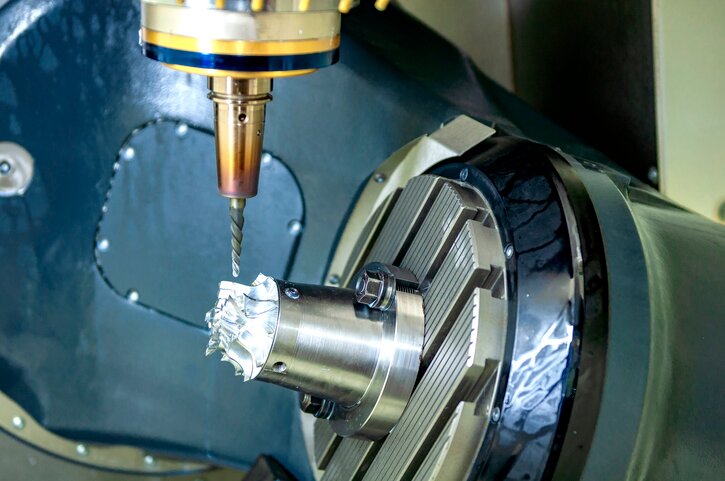
精密機械加工部品を使用するメリット
精密機械加工部品は、製造においていくつかの大きな利点をもたらします。これらの利点は、産業界が製品の高水準と信頼性の高い結果を達成するのに役立ちます。
高い精度と一貫性
精密機械加工は、部品が非常に高い精度で作られることを保証します。各部品は、1つの部品であろうと大量のバッチであろうと、正確な寸法で作られます。この一貫性により、エラーや欠陥が減少し、全体的な品質の向上につながります。
コスト効率
精密機械加工の初期設定は高価に思えるかもしれませんが、長期的にはコスト削減につながります。これらの部品の精度が高いということは、ミスが少なく、材料の無駄が少なく、やり直しが必要な部品が少ないということです。
製品品質の向上
精密機械加工は最終製品の品質を向上させます。この方法で作られた部品は、厳しい公差を満たし、表面が滑らかであるため、期待通りの性能を発揮することができます。
強化されたパフォーマンス
精密機械加工された部品は、完成品の性能を直接的に向上させます。正確な測定により、これらの部品は完璧にフィットし、すべてが本来の機能を発揮します。
カスタマイズ
精密機械加工は、特定のニーズに合わせた高度なカスタマイズ部品を可能にします。ユニークな形状、サイズ、材質など、精密機械加工なら実現可能です。
精密加工における一般的な金属
精密機械加工にはさまざまな金属が使用され、それぞれがさまざまな用途に独自のメリットをもたらします。適切な材料を選択することで、部品の性能と特定の業界標準を満たすことができます。
鋼合金
ステンレス鋼や炭素鋼などの鋼合金は、その強度、耐久性、汎用性により、精密機械加工に広く使用されています。
アルミニウム
アルミニウムは軽量で耐食性に優れ、機械加工が容易なため、多くの産業でよく使われています。また、アルミニウムは熱伝導性、電気伝導性にも優れており、電子機器や熱交換システムによく使用されています。
チタン
チタンはその優れた強度対重量比と耐食性で知られています。機械加工は難しいかもしれませんが、そのユニークな特性は高性能の用途に理想的です。
真鍮と銅
真鍮と銅は、その優れた電気伝導性と熱伝導性により、精密機械加工で重宝されています。真鍮は柔らかく加工しやすいため、滑らかな仕上げの部品に適しています。
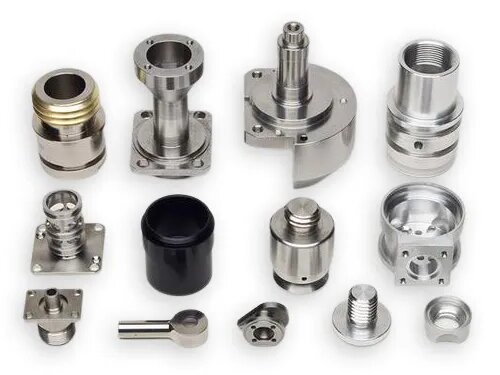
精密加工プロセス
精密機械加工は、原材料を高品質の部品にするための詳細なプロセスです。その工程は、最終製品が正確な仕様を満たすように設計されています。
カッティングとシェイピング
切断と成形は、精密機械加工の最初のステップである。材料は、CNCマシンや旋盤などの工具を使って大まかな形に切断される。これにより、微調整が行われる前に、部品がおおよそのサイズに成形される。
掘削とボーリング
掘削とボーリング 部品に穴や内部形状を作成します。ドリル加工は丸い穴を開けるが、ボーリング加工は既存の穴の大きさや滑らかさを改良する。
表面仕上げ
表面仕上げは、機械加工工程の最後のステップです。部品の表面を滑らかに磨き、外観と耐久性を向上させます。
機械加工の精度に影響を与える要因
機械加工の精度にはいくつかの要因が影響し、最終部品の品質と精度に影響します。
公差と寸法精度
公差とは、部品のサイズに許容されるばらつきのことです。部品が正しく組み合わされるためには、厳しい公差が不可欠です。寸法が少しでもずれていると、部品は意図したとおりに動作しないことがあります。寸法精度は、部品が設計要件を満たすことを保証するための鍵です。
工作機械の性能と校正
工作機械の性能は精度にとって不可欠です。よく整備され、校正された機械は、精度の高い部品を作ります。機械をスムーズに動かすためには、定期的な点検とメンテナンスが必要です。機械が正しく校正されていないと、不正確な部品を製造することになります。
切削工具と工具摩耗の役割
切削工具は精密な加工に欠かせない。工具の品質は、材料をいかにきれいに切断するかに影響します。時間が経つにつれて、工具は鈍くなったり摩耗したりして、正確なカットができなくなります。
材料特性と加工への影響
加工する材料は精度に影響します。素材によって硬さや性質が異なり、切削や成形のしやすさに影響します。柔らかい材料は加工しやすく、硬い材料は工具の摩耗が早いかもしれません。
精密機械加工部品の用途
精密機械加工部品は多くの産業で使用されています。精密機械加工部品は、製品の信頼性と安全性を保証します。さまざまな分野でどのように応用されているかを見てみよう。
航空宇宙産業
精密機械加工部品は、航空宇宙産業における安全性と性能に不可欠です。エンジン部品、着陸装置、制御システムなどの部品は、非常に厳しい公差を満たす必要があり、精密機械加工は、これらの部品が飛行中の厳しい条件に対応できることを保証します。
医療機器およびインプラント
医療機器やインプラントが正しく機能するためには、精密機械加工が不可欠です。手術器具、人工関節、歯科器具などの部品は、正確な寸法で作られなければなりません。これにより、正しくフィットし、安全に機能し、患者に害を与えないことが保証される。
自動車製造
自動車産業では、エンジン部品、ブレーキ、サスペンションシステムなど、多くの車両部品に精密機械加工部品が使用されています。精密機械加工により、これらの部品は耐久性が高く、正しく機能し、自動車の安全性と性能に関する高い基準を満たすことができます。
電子・半導体産業
電子機器や半導体産業では、コネクター、ケーシング、ヒートシンクなどに精密機械加工部品が使われています。これらの部品は、デバイスが正常に動作するために厳しい仕様を満たす必要があり、精密機械加工は、すべてが適合し、その通りに動作することを保証するための鍵となります。
産業機械および装置
精密機械加工部品は、産業機械でもよく見られる。歯車、シャフト、ベアリングは高い精度で作られる必要があります。精密機械加工は、製造業やエネルギー産業などにおいて、装置のスムーズで効率的な稼動に役立っている。
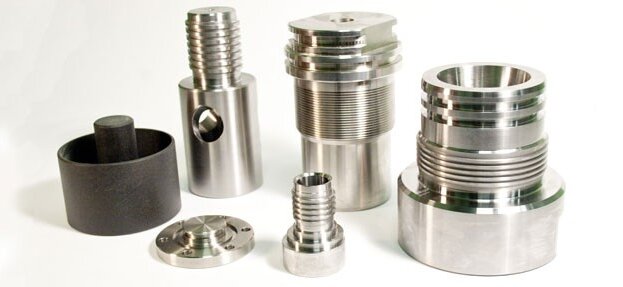
結論
精密機械加工は、高精度で一貫性のある部品を作るための鍵です。航空宇宙、医療機器、自動車、電子機器、産業機械など、多くの産業で使用されています。これらの部品は、製品の安全性、信頼性、性能を保証します。機械加工の各工程は、厳しい基準を満たすよう慎重に設計されています。
お問い合わせ 次のプロジェクトに精密機械加工部品が必要な場合は、今すぐご連絡ください。お客様のニーズに合ったソリューションを見つけるお手伝いをいたします!

ケビン・リー
レーザー切断、曲げ加工、溶接、表面処理技術を専門とし、板金加工において10年以上の実務経験があります。シェンゲンのテクニカルディレクターとして、複雑な製造上の課題を解決し、各プロジェクトにおける革新と品質の向上に尽力しています。

